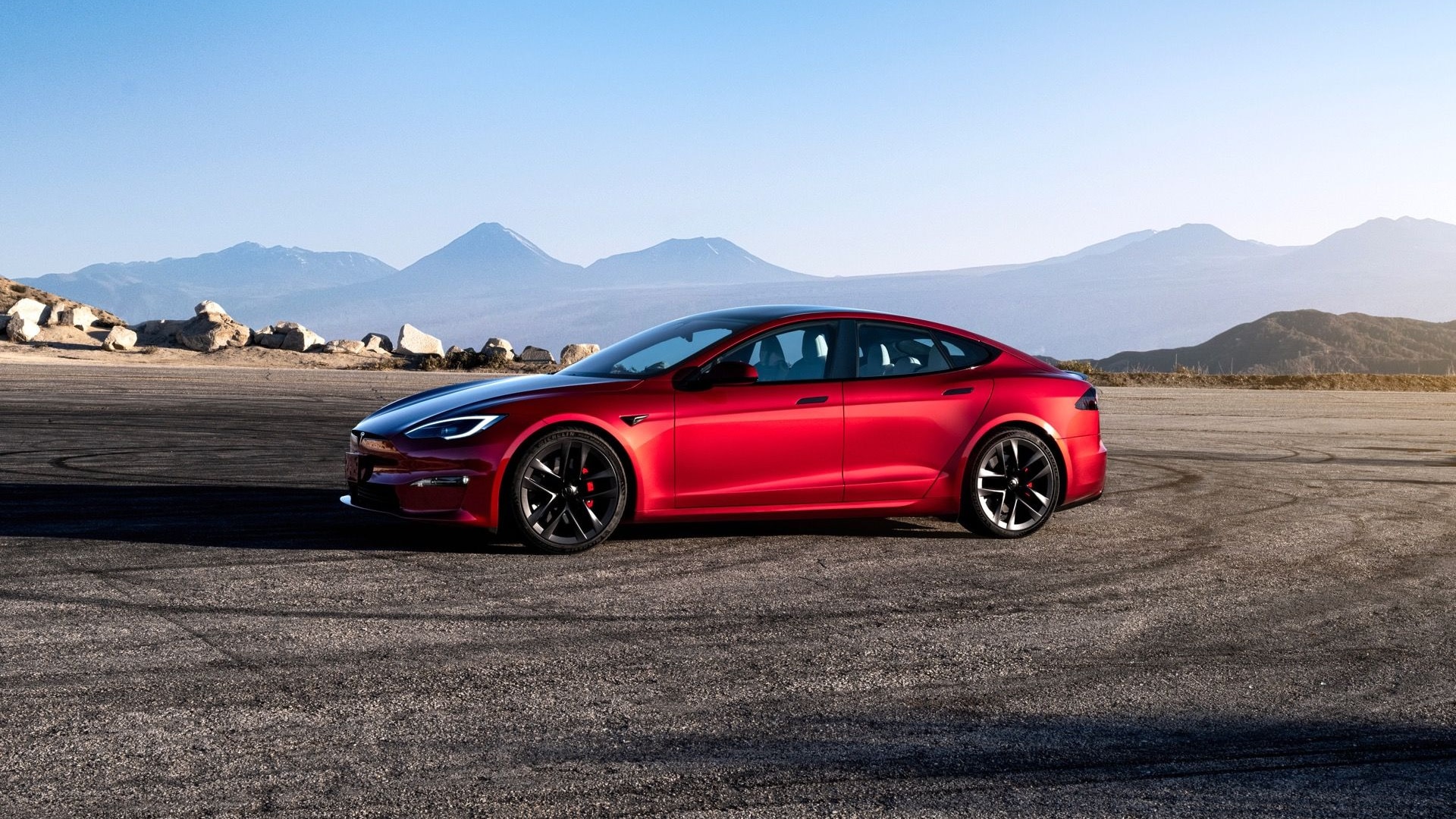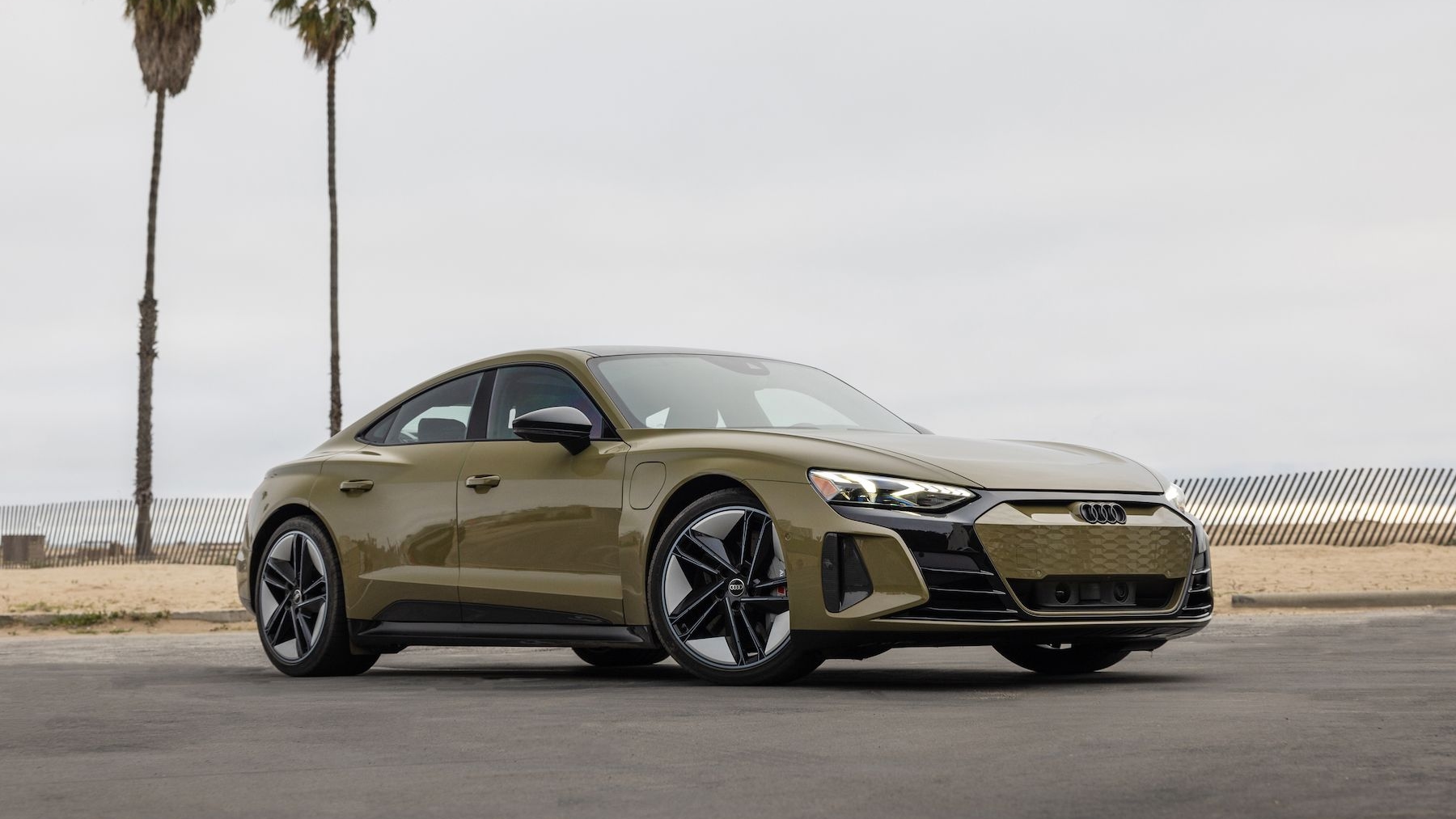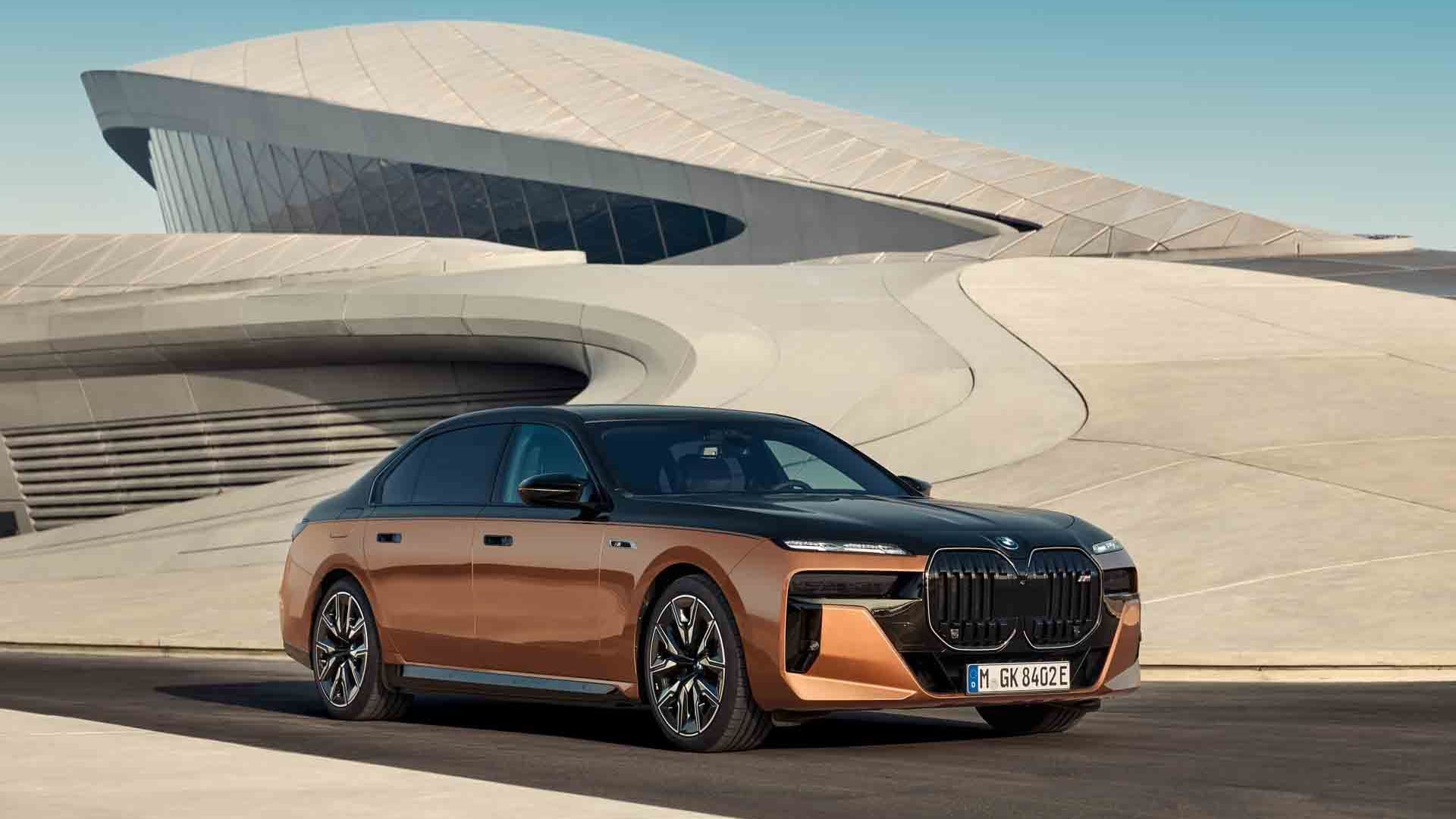Designing an effective car interior isn't easy. Car companies need to think about the design, the features, and the ergonomics. After all, you spend more time in there driving your car than you do staring at the exterior. If you've ever driven a car with a particularly poor interior, you begin to realise the importance of getting all those aspects just right.
French maker Renault is aware of this and wants to address the tactility and interface of automotive interiors. In an interview with Design Talks, Renault's head of interior design Fabio Filippini has been explaining how he wants to translate some of the ways we interface with everyday electronic consumer devices to car interiors.
As cars become more advanced, consumers are starting to expect them to integrate into their everyday lives. We already have Bluetooth connectivity for phone calls in many cars and the ability to connect iPods and other portable audio devices, allowing us to listen to our full music collections wherever we are.
Sticking to the code
There's always a limitation with car interior design - the mechanical aspects or "codes" as Filippini calls them, the vital components needed to drive the car - the gear shifter, steering wheel and pedals. Filippini recognises that these components must remain as they are. Only controls that have no physical action in the driving process will see significant advancement in the near future. "Eventually we will find new codes [for driver controls] but we will arrive at this gradually" Filippini explains.
Renault wants to incorporate the feel and interaction of devices like the iPhone into the interior. "Smart phones like the iPhone... may seem minimalist in design, but it has strong presence. When you hold it, the weight and the feel of the real metal rim makes it a strong simple shape with the highest expression of material use,"

2011 Nissan LEAF iPhone App
Streetcar named DeZir
Renault's recent DeZir electric car concept shown at last year's Paris Auto Show is an expression of Renault's desired direction for interior design. "Inside the DeZir you have a big, soft expanse covered in white leather. Then in the driver area you have a clear instrument cluster and a touch screen unit that is tactile, whilst the driving elements are separated by their chrome finishing so as to be physical" says Filippini.
We've seen recently from cars like the 2012 Tesla Model S sedan a new approach to automotive interiors, with not only TFT instruments (also found on cars like the 2011 Jaguar XJ and 2011 Lexus LFA supercar) but an entirely touch-screen center stack using Nvidia Tegra 3D chips.

Tesla Model S Infotainment Screen
After all, high-tech in car gadgets can be distracting for drivers, and it's not always easy to operate a touch-screen device without looking, as you'll know if you've ever tried typing an SMS message as you walk down the street.
This has been the worry with the 17" display in the Tesla, so perhaps in future smaller screens will be used, integrated into the dashboard and grouped more like today's controls. Above all though, they must be simple to use and like an iPhone, improve the experience of using the controls through tactility and response.
Filippini: "For us designers the task is to make simplicity out of complexity, but add emotion – a personalisation of emotion is where the future is."



